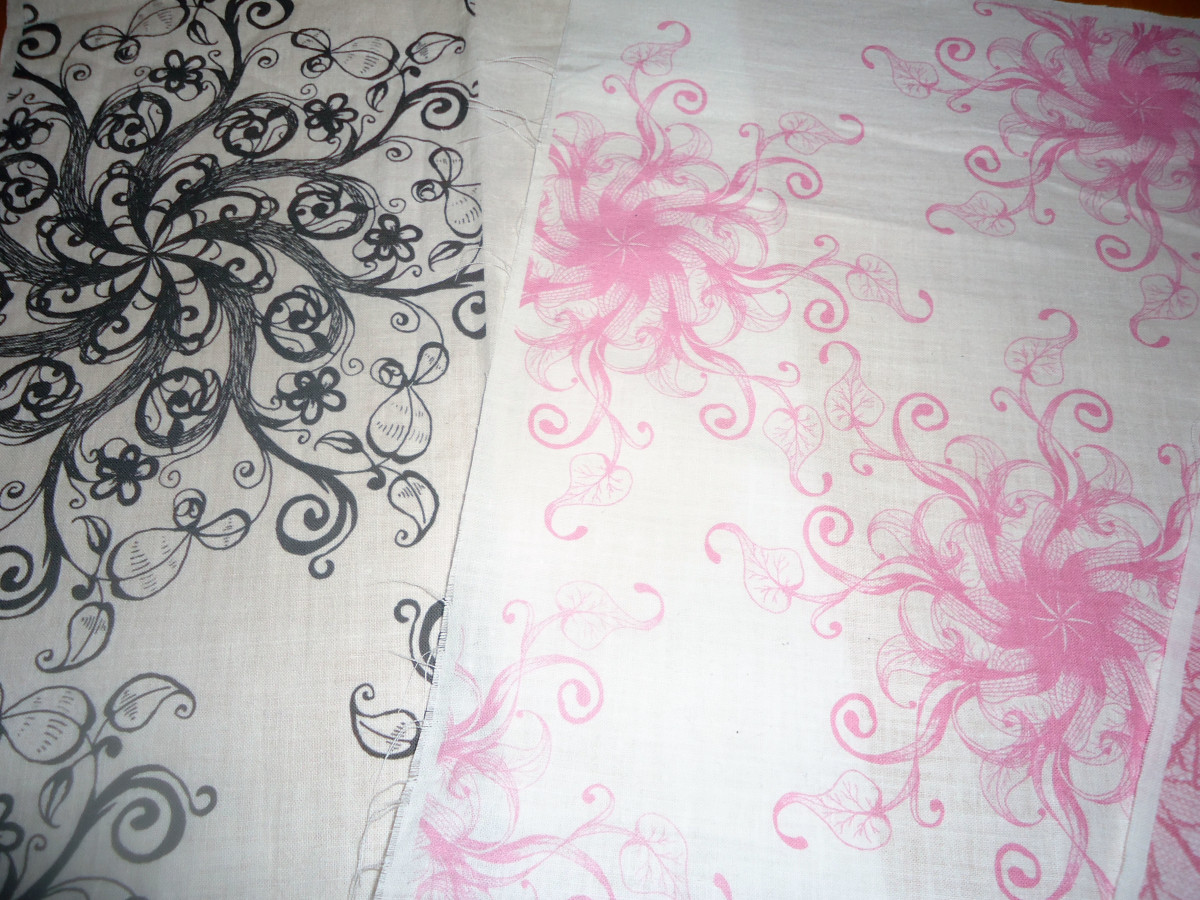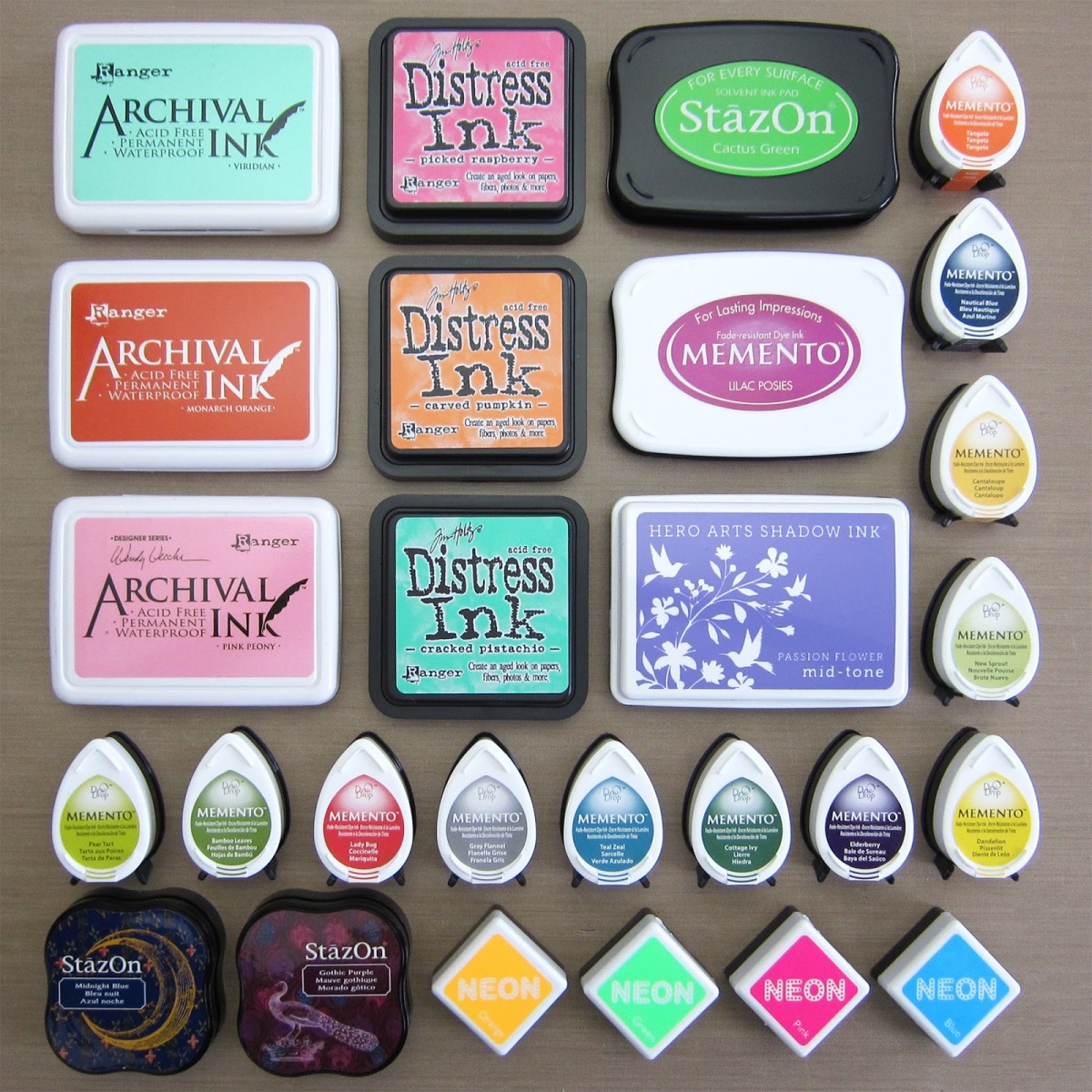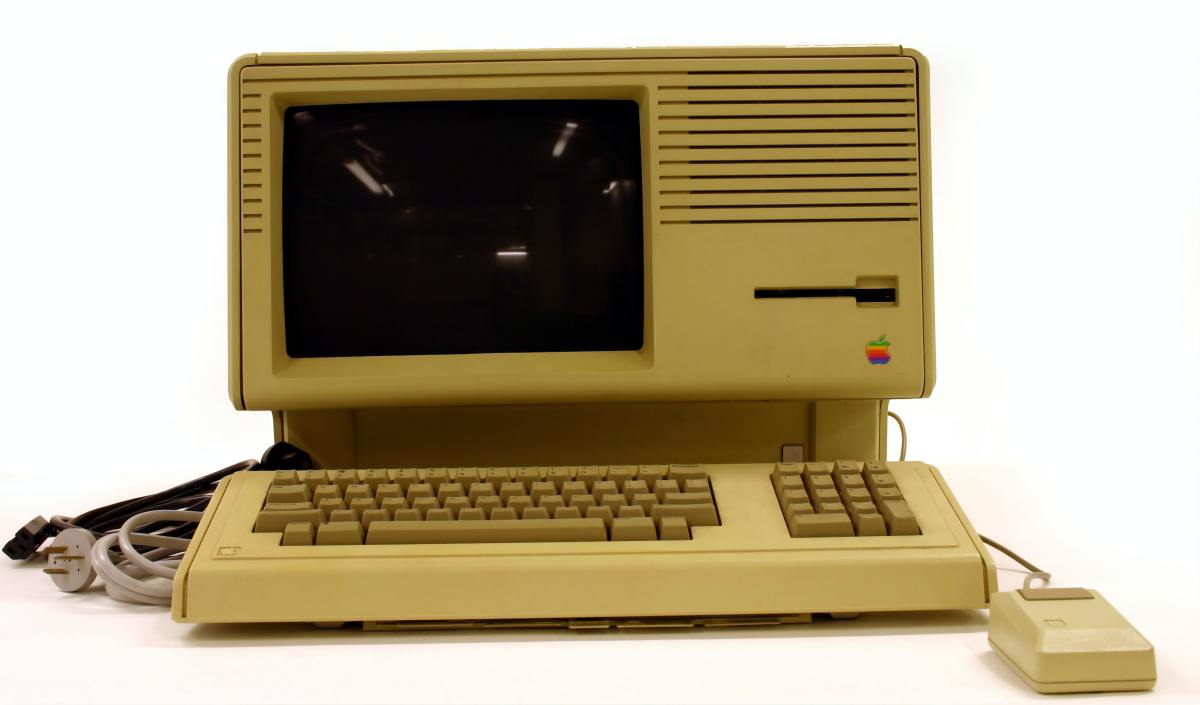- HubPages»
- Technology»
- Computers & Software»
- Computer Buying Guides
What You Need To Know About How Ink Cartridges Work
About Ink Cartridges
An ink cartridge is a replaceable component of an ink jet printer that contains the ink (and sometimes the print-head itself) that is spread on paper during printing. Two or more cartridges docked into an inkjet printer. Each ink cartridge contains one or more partitioned ink reservoirs; certain manufacturers also add electronic contacts and a chip that communicates with the printer.
Typically, two separate cartridges are inserted into a printer: one containing black ink and one with each of the three primary colors. Alternatively, each primary color may have a dedicated cartridge. Some cartridges are specifically designed for printing photographs. All printer suppliers produce their own type of ink cartridges. Cartridges for different printers may be incompatible - either physically or electrically. Since replacement cartridges from the original manufacturer of the printer are often expensive, some other manufacturers produce "compatible" cartridges as inexpensive alternatives. These cartridges sometimes have more ink than the original OEM branded ink cartridges and can produce the same quality. Some cartridges have incorporated the printer's head (most HP, Dell and Lexmark printers use this system). Usually, they are more expensive, but the printers are cheaper. Others don't include the printer head, but they are more economic and the printers are more expensive (for example, most Epson printers).

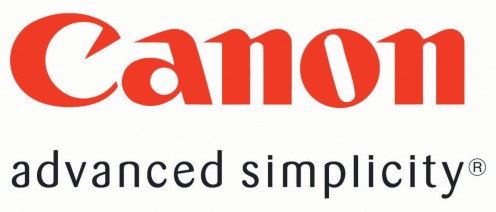
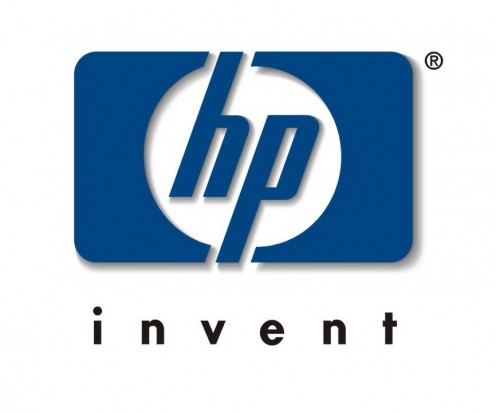

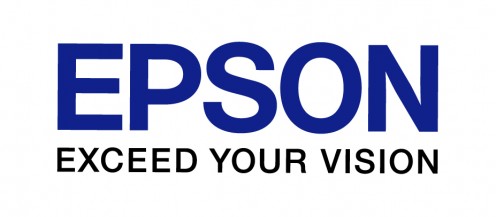
Two Types Of Ink Cartridges And How It Works
Piezoelectric Inkjets:
All EPSON printers use a piezoelectric crystal in each nozzle instead of a heating element. When current is applied, the crystal changes shape or size, forcing a droplet of ink from the nozzle. A piezoelectric inkjet allows a wider variety of inks in a much finer quality than thermal inkjets, while more economical in ink usage. This is the reason why Professional Photographers prefers EPSON Pro Printers.
Thermal Inkjets:
Most consumer inkjet printers, such as Canon, HP, and Lexmark use a thermal inkjet; inside each partition of the ink reservoir is a heating element with a tiny metal plate or resistor. In response to a signal given by the printer, a tiny current flows through the metal or resistor making it warm up, and the ink immediately surrounding the heated plate is vapourised into a tiny air bubble inside the nozzle. As a consequence, the total volume of the ink exceeds that of the nozzle. An ink droplet is forced out of the cartridge nozzle onto the paper. This process takes a matter of milliseconds.
Color Ink Used When Printing Black Only
Since you are using a color printer, it is normal for it to consume color ink as part of its normal operation. Furthermore, the printer will also consume small amounts of color ink when the printer is first powered on (initialization process) and when Head Cleanings are performed. Also, when you are printing in black ink only, the printer will still consume marginal amounts of color ink to ensure the color print heads remain primed, and in top working condition.
Comparing Ink Cartridges Quantity
Some manufacturers does not provide the ink volume in mls for its cartridges because mls do not translate into any usable print information. Mls will not tell you how much printing you can get out of a cartridge. To get an idea of how much printing can be done from a cartridge, Manufacturer provides estimated page yields for the black cartridges and color cartridges for its printers.
The same ML of ink does not mean you get the same amount of printing when comparing two different printers. Different printers use ink at different rates, so even if you lined up different printers with each containing the same volume of ink, the printers will not necessarily print the same amount. That is because many factors will effect the use of ink including the printhead design, nozzle count, what images are being printed, what settings are used, the frequency of printing, environmental conditions and manufacturing variations.
Ink Cartridges Shipped With Your Printer
The printer ships with full cartridges. The first time ink cartridges are installed in the printer, some of the ink is used to prime the system. Ink is distributed through the print head and into the nozzles to prepare it for printing.
You should however, receive more printouts from any consecutive ink cartridges that are installed. To help preserve the life of the ink cartridges we suggest that you turn the printer off when it is not in use, as this will cap the nozzles and ensure the printer performs the necessary initializing once it is powered on again.
Gloss Optimizer?
The gloss optimizer, while not an ink, works like one in the printer because it flows through the print head nozzles. So, the printer will use some gloss optimizer, even when not part of the print job, to keep the nozzles primed and avoid clogs or print defects. If you do not set the printer to use gloss optimizer for your printing, this cartridge should need replacing after many usesable prints.
How Much Ink Is Left After My Printer Says The Cartridge Is Empty?
There is no precise number or range. The amount of ink left will vary from cartridge to cartridge due to the large number of variables such as individual use of the printer, as well as ambient conditions such as temperature and humidity.
Why Do I Need All The Cartridges To Print?
Manufacturers use different technology. Some print heads are permanent, any air bubbles in the ink delivery system could permanently damage the print head and consequently the whole ink delivery system. Other printer manufacturers use thermal print heads that are thrown away with the empty cartridges. Therefore, some manufacturers cannot leave to the customer the choice of depleting the safety reserve of ink to protect the permanent print head in a way that printers with thermal print heads don't.
How Much Ink Is Used For A Cleaning Cycle?
Manufacturers does not provide information as to how much ink is used in a cleaning cycle. It varies by printer model, by use, and by the type of cleaning cycle called for.
What Is The Purpose Of The Chip On My Ink Cartridges?
This chip enables the printer to store information about how much ink has been used in the cartridges rather than in the printer driver on the PC. Some manufacturers began using chip technology to store more accurate information about the volume of ink left in the cartridges.
Previously, the ink consumption information was lost if you dislodged cartridges in the printer carriage. This technology also allows you to insert a new cartridge for larger print jobs, and then use the old cartridge with less ink later for smaller jobs. Additionally, the chip technology enables school labs, for example, to use the printers in shared work areas, with each class bringing its own ink cartridges.
Why Does The Black Cartridge Cost More?
Manufacturers recognizes that people want to print in color, especially with the growth of digital photography and a growing interest in at-home photo printing. They want to make it very affordable for people to print their photos at home, so they have priced the color cartridges to make color printing more affordable.
Why Do EPSON's Use Permanent Print Heads?
Epson has always designed its printers with a permanent print head. We believe that Epson's permanent printer design offers users clear benefits. Epson uses a permanent Micro Piezo print head that has allowed Epson to lead the industry in delivering consistent photo image quality by using variable-sized droplets. Micro Piezo print heads can also use a wider variety of inks, which has allowed Epson to introduce such ink breakthroughs as DURABrite®, UltraChrome® and Claria® inks that offer greatly improved humidity resistance, smudge resistance, scratch resistance and fade resistance. Other printer manufacturers use thermal print heads that are an integral part of the cartridges and are designed to be thrown away with the empty cartridges.
Why Use Genuine Ink Cartridges?
Genuine cartridges use inks that are specially formulated to consistently produce photo quality prints and preserve the long term reliability of printers. Manufacturer's innovative inks also provide industry leading durability.
Comparison tests by an independent research company Torrey Pines tested genuine cartridges against various aftermarket cartridges and refills promoted as "compatibles" and found that the performance of genuine cartridges was consistently superior.
PC World magazine similarly commissioned the prestigious Wilhelm Imaging Research Center to conduct durability and image quality tests with genuine and aftermarket cartridges. Original cartridges offered overall better durability, image quality and reliability. ". . .judging from our experience, finding a reasonably priced substitute for brand-name ink can be a risky business. . . you may have to spend a lot of time cleaning clogged print heads." ("Cheap Ink Probed," by Dan Littman, PC World, September 2003). But ultimately consumers can choose.

